Are Home Cardio Workouts Effective?
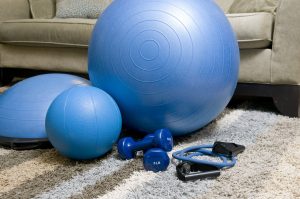 If you’re like many people, you go to the gym three times a week, but is that all you really need to be fit? It all depends on your goals. Do you want to lose weight? Is building more muscle your goal? There’s a lot to be said for home cardio workouts as a supplement to regular training. In fact, a personal trainer can help you develop a workout plan that addresses your goals for those days you don’t come to the gym.
If you’re like many people, you go to the gym three times a week, but is that all you really need to be fit? It all depends on your goals. Do you want to lose weight? Is building more muscle your goal? There’s a lot to be said for home cardio workouts as a supplement to regular training. In fact, a personal trainer can help you develop a workout plan that addresses your goals for those days you don’t come to the gym.
Are you working out hard with weights to build muscle tissue?
You need all types of training, strength, cardio, flexibility and balance. You can use the gym for strength training, flexibility training and sometimes cardio workouts, but on your days off, give those muscles a rest. That doesn’t mean you have to sit in a chair and do nothing. In fact, some mild cardio workouts will make you feel better and heal your muscles faster by boosting circulation. Just walking is a great exercise if you’re sore. Riding a bike is another option that works. Always have one day when you completely rest to recover.
Is melting away fat a goal.
To melt fat, you need both strength training and cardio. Both can burn tons of calories, but strength training helps build and maintain muscle tissue. The more muscle tissue you have the higher your metabolism. Dancing, jumping jacks, jumping rope and running in up and down stairs are just a few at home moves that can help boost the calorie burning process.
Any type of workout is good, no matter where you get it.
Whether you workout at the gym or at home, just getting exercise is important. One of the benefits of the gym is that you get the combination of exercises to ensure you get a full body workout and meet your goals faster. Consider taking a small group session or boot camps to get started. Both are quite affordable and can give you a wealth of experience and workouts, so if you need, you have the resources and knowledge to workout at home. Group sessions can also be a lot of fun.
- Boost the effectiveness of your workout by varying your intensity. Alternate between top intensity for a few minutes or seconds, depending on your fitness level and recovery or moderate pace for the same amount of time. It’s called high intensity interval training and can be used with any exercise.
- You don’t have to do thirty minutes or more straight through when you do cardio at home. Studies show that three ten minute sessions throughout the day are as effective as a 30-minute session.
- Take a break from the computer or even TV watching and get up and jog in place for a few minutes. See if you can do it through two commercial breaks if you’re watching TV. Studies show that getting up and moving for five minutes every hour or so can help lock in the health benefits of working out.
- If you want to opt for a more rigorous home workout, consider burpees, mountain climbers, jumping jacks and squat jumps.
For more information, contact us today at Next Level Fitness

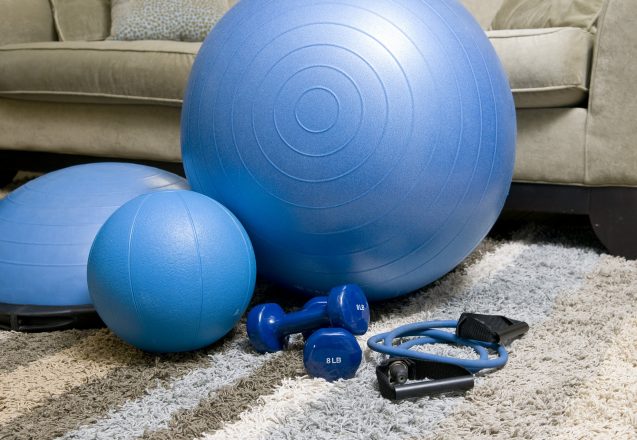
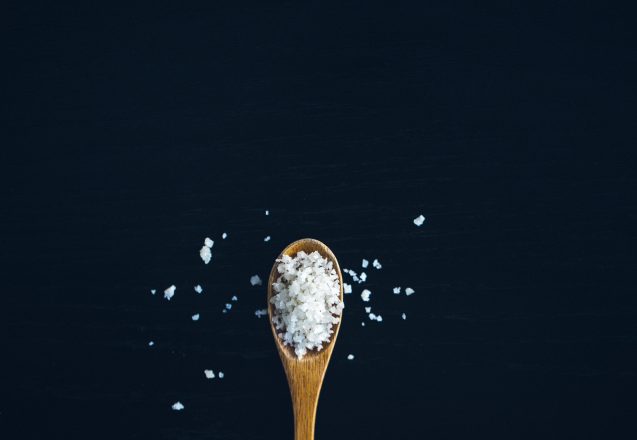
 People overweight and those with high blood pressure are often given a diet without salt. Studies all agree that the average American diet is contains too much sodium. The chemical name for salt is sodium chloride, and it’s one of the leading causes of too much sodium that can lead to stroke and heart disease. While most people think that adding salt is the problem, the real problem comes from packaged food and those that are ready to heat and serve. That’s why reading the label is important. However, you need some sodium intake and too little can also cause problems.
People overweight and those with high blood pressure are often given a diet without salt. Studies all agree that the average American diet is contains too much sodium. The chemical name for salt is sodium chloride, and it’s one of the leading causes of too much sodium that can lead to stroke and heart disease. While most people think that adding salt is the problem, the real problem comes from packaged food and those that are ready to heat and serve. That’s why reading the label is important. However, you need some sodium intake and too little can also cause problems.
 The body uses various types of fatty acids to run smoothly. There are two types of essential fatty acids that the body can’t make. They come from diet. Those two are omega-6 and omega-3. The healthiest blend of the two is 4 to 1, or four times as much omega6 as omega3. Throughout the US, our diet has changed significantly and today people are consuming far more omega-6 fatty acids than they should, consuming a 50 to 1 ratio. To create a healthier balance, you need to raise the amount of omega-3 fatty acids and reduce the amount of omega-6. At Next Level Fitness in Irvine, CA, we can help you make smarter decisions to make the ratio better.
The body uses various types of fatty acids to run smoothly. There are two types of essential fatty acids that the body can’t make. They come from diet. Those two are omega-6 and omega-3. The healthiest blend of the two is 4 to 1, or four times as much omega6 as omega3. Throughout the US, our diet has changed significantly and today people are consuming far more omega-6 fatty acids than they should, consuming a 50 to 1 ratio. To create a healthier balance, you need to raise the amount of omega-3 fatty acids and reduce the amount of omega-6. At Next Level Fitness in Irvine, CA, we can help you make smarter decisions to make the ratio better.
 If you don’t know what leaky gut is, don’t worry, there’s still some discussion on whether it’s a real. According to proponents, it occurs when the permeability of the gut increases, thus allowing even more than just nutrients and water to exit, but also harmful substances. That allows toxins to enter the bloodstream and creates a host of symptoms that range from fatigue, inflammation, skin issues and digestive problems that range from food sensitivity to bloating and gas. It’s blamed for a host of conditions which include migraines, fibromyalgia, thyroid problems, mood swings and autism. There are things you can do and supplements for leaky gut if you believe you have the condition.
If you don’t know what leaky gut is, don’t worry, there’s still some discussion on whether it’s a real. According to proponents, it occurs when the permeability of the gut increases, thus allowing even more than just nutrients and water to exit, but also harmful substances. That allows toxins to enter the bloodstream and creates a host of symptoms that range from fatigue, inflammation, skin issues and digestive problems that range from food sensitivity to bloating and gas. It’s blamed for a host of conditions which include migraines, fibromyalgia, thyroid problems, mood swings and autism. There are things you can do and supplements for leaky gut if you believe you have the condition.
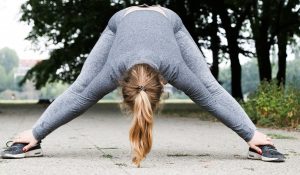 Why do you use cool down exercises? They help get your body back to normal and prevent pooling of blood in the extremities, while getting your heart rate down. It doesn’t matter what type of exercise you do, whether it’s just slowing down to a walk to reduce the stress on the heart and muscles or doing stretches to increase range of motion while the muscles are warm, they all help to provide a safe way to end your workout. You’ll get your blood pressure back to normal, lower your potential for injury and prevent blood pooling that can cause dizziness.
Why do you use cool down exercises? They help get your body back to normal and prevent pooling of blood in the extremities, while getting your heart rate down. It doesn’t matter what type of exercise you do, whether it’s just slowing down to a walk to reduce the stress on the heart and muscles or doing stretches to increase range of motion while the muscles are warm, they all help to provide a safe way to end your workout. You’ll get your blood pressure back to normal, lower your potential for injury and prevent blood pooling that can cause dizziness.
 You hear a lot about ways to stay motivated until you reach your fitness goals, but few people talk about staying motivated after reaching a goal. It can be a real problem. People who go on intense diets to shed those last ten pounds often face it as they quickly eat their way back to their original weight or more. Getting back into shape and boost your endurance may end with the ability to climb two sets of stairs without huffing and puffing. How do you stick with this new lifestyle and maintain your fitness?
You hear a lot about ways to stay motivated until you reach your fitness goals, but few people talk about staying motivated after reaching a goal. It can be a real problem. People who go on intense diets to shed those last ten pounds often face it as they quickly eat their way back to their original weight or more. Getting back into shape and boost your endurance may end with the ability to climb two sets of stairs without huffing and puffing. How do you stick with this new lifestyle and maintain your fitness?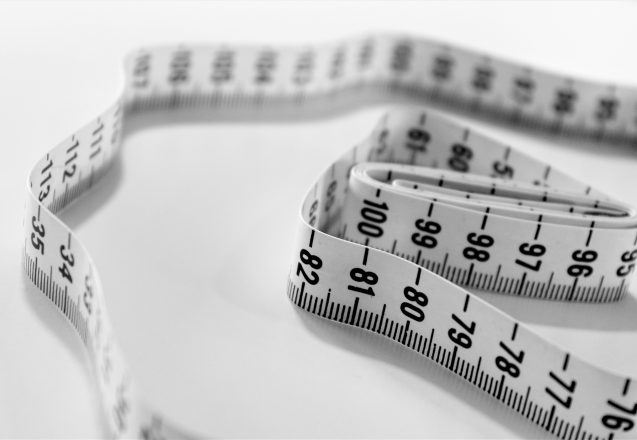
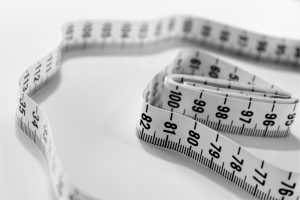 Exactly what is BMI? BMI represents body mass index. It converts the person’s height and weight to a single number to estimate the amount of body fat and whether the person is healthy or not. While it has its benefits, it’s definitely not the final say on your state of health or whether you need to lose weight. For instance, a muscular person might not need to lose weight, but the BMI would indicate he or she does. It doesn’t take into effect bone density or overall body composition.
Exactly what is BMI? BMI represents body mass index. It converts the person’s height and weight to a single number to estimate the amount of body fat and whether the person is healthy or not. While it has its benefits, it’s definitely not the final say on your state of health or whether you need to lose weight. For instance, a muscular person might not need to lose weight, but the BMI would indicate he or she does. It doesn’t take into effect bone density or overall body composition.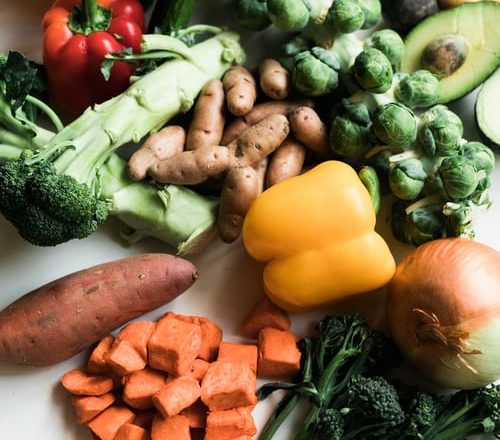
 Most people start a diet when they want to lose weight, but a diet isn’t necessary. All you have to do is start a program of clean eating and at Next Level Fitness in Irvine, CA, we can help you do it. What is clean eating? Clean eating is a way to tailor your diet with whole food, before it became a processed package of chemicals. Many of the foods you find on the shelves of groceries today have had all the nutrients processed out of them and remain nothing more than empty calories filled with preservatives and other chemicals. Clean eating focuses on minimal processing and food that is nutritious.
Most people start a diet when they want to lose weight, but a diet isn’t necessary. All you have to do is start a program of clean eating and at Next Level Fitness in Irvine, CA, we can help you do it. What is clean eating? Clean eating is a way to tailor your diet with whole food, before it became a processed package of chemicals. Many of the foods you find on the shelves of groceries today have had all the nutrients processed out of them and remain nothing more than empty calories filled with preservatives and other chemicals. Clean eating focuses on minimal processing and food that is nutritious.
 Getting fit isn’t all about how long you can run without asking for a break or throwing up at the side of the road. It isn’t all about how much you can lift, either. You need a full body workout that provides flexibility, cardio and strength training. If all you do is run, you’re not doing yourself as much of a favor as you think. While any exercise is better than none, just focusing on endurance leaves you vulnerable to injury. Just pressing weights isn’t the answer either, if it’s all that you do.
Getting fit isn’t all about how long you can run without asking for a break or throwing up at the side of the road. It isn’t all about how much you can lift, either. You need a full body workout that provides flexibility, cardio and strength training. If all you do is run, you’re not doing yourself as much of a favor as you think. While any exercise is better than none, just focusing on endurance leaves you vulnerable to injury. Just pressing weights isn’t the answer either, if it’s all that you do.